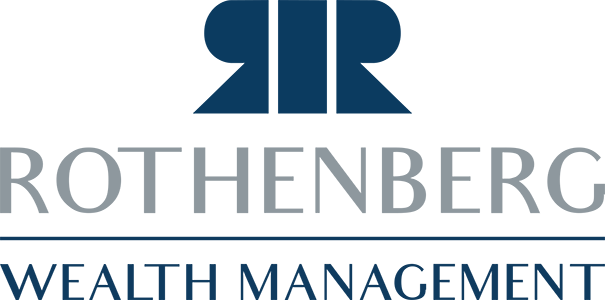Eligible Canadians can contribute up to $8,000 each year to an FHSA up to a lifetime contribution limit of $40,000 to help them buy their first home.
 Purchasing a home is an important decision that requires careful financial planning. Fortunately, there is a specialized tool designed to help Canadians save tax-free towards their goal of buying a first home – the new Tax-Free First Home Savings Account (FHSA).
Purchasing a home is an important decision that requires careful financial planning. Fortunately, there is a specialized tool designed to help Canadians save tax-free towards their goal of buying a first home – the new Tax-Free First Home Savings Account (FHSA).
The FHSA is a game-changer for aspiring homeowners. This unique type of savings account allows eligible Canadians to contribute up to $8,000 a year with a lifetime maximum contribution limit of $40,000 towards the purchase of their first home. This can help you break down the cost of buying your first home into tangible yearly savings goals.
Once funds are deposited in an FHSA, you can watch them grow tax-free. This means that any interest earned, or investment gains made within the account are also free from taxes, allowing for potential compounding and greater returns. Most importantly, any qualifying withdrawals are tax-free. You also have the option to transfer existing RRSP amounts into the FHSA.
Adding to its appeal, contributions made to the FHSA are tax deductible, meaning you can claim them on your personal income tax return filing to lower your taxable income and potentially save more money in taxes. In this way, an FHSA is similar to an RRSP.
To be eligible to open an FHSA, you must meet certain criteria set by the government. These eligibility requirements are designed to ensure that the FHSA is accessible to those who genuinely need it and are committed to buying their first home.
Once you’re ready to purchase your first home and have a written agreement to buy or build your home, you can use the money in the FHSA towards a qualified home purchase, which can include a down payment, closing costs, and other related qualifying first home expenses.
You can even use an FHSA in conjunction with the Home Buyer’s Plan (HBP) to have an even greater amount to use for the purchase of your first home. It’s important to note, however, that the money in an FHSA can only be withdrawn for the purpose of buying your first home but you won’t need to pay it back like you do with the HBP.
If you already own a home, unfortunately, you cannot use the funds for a second home or investment property. You may also incur penalties and tax consequences if you withdraw funds from an FHSA for a non-qualified purpose.
But should you decide to forego your first home purchase and use your funds for something else, you can always transfer the money to your RRSP or RRIF on non-taxable basis until December 31 of the year following the year of your first qualifying withdrawal, without affecting your RRSP contribution room.
For complete details, please review the FHSA resources available on the CRA website. You can also find all applicable definitions for FHSAs here.
Starting on November 20, 2023, Rothenberg Wealth Management is offering clients the option to open their FHSA.
Contact a Rothenberg Wealth Management Advisor to discuss your goals and get advice on how to customize your investment portfolio in your FHSA to maximize your future savings potential. If you are not eligible (or are unsure you are eligible) for the FHSA, a Rothenberg Advisor can assess your situation and help you explore other savings options to meet your financial goals.

